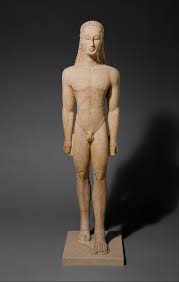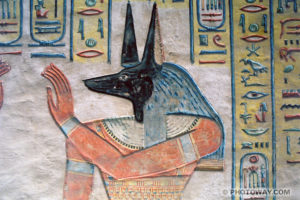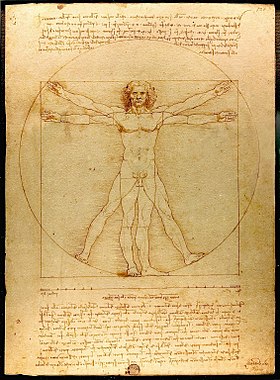Humanism is a concept that emphasizes “attaching prime importance to human(s) rather than divine or supernatural matters”, it is the study of human beings. In art, Humanism manifested through paying more attention to Human detail to make them look more human, through highlighting and detailing humanistic traits such as giving hair more detail- making it more realistic, making bodies more big and detailed (highlighting things such as stance, genitals, muscles etc). This was very important in the ancient times because it was a large switch from encompassing life and its meaning to supernatural and divine figures. Humanism presented more realism in the people’s lives. Humanism helped not only improve the quality of art and sculptures; however, it also helped show the evolution of art and how it was done before and how it developed.
Greek and Roman art, portray Gods as more human;
(Statue of Kouros)

whereas, Egyptian and Mesopotamian Gods are portrayed in a more dehumanized way having animal heads etc, however only because they were seen as divine and not as equivalent to humans, but superior. Egyptian art had more of a mystical feel to it rather than a realistic one.
(Painting of Anubis, a God with a jackal head)

Here is a juxtaposition of Greek and Egyptian art:
(Marble statue of Kouros vs. King Menkaure and Queen statue)

Clearly the inclusion of Humanism was revolutionary because “it valued humanity in that it began to place human beings @ center of moral and social concerns and gave more valoration to things such as the human body”.


